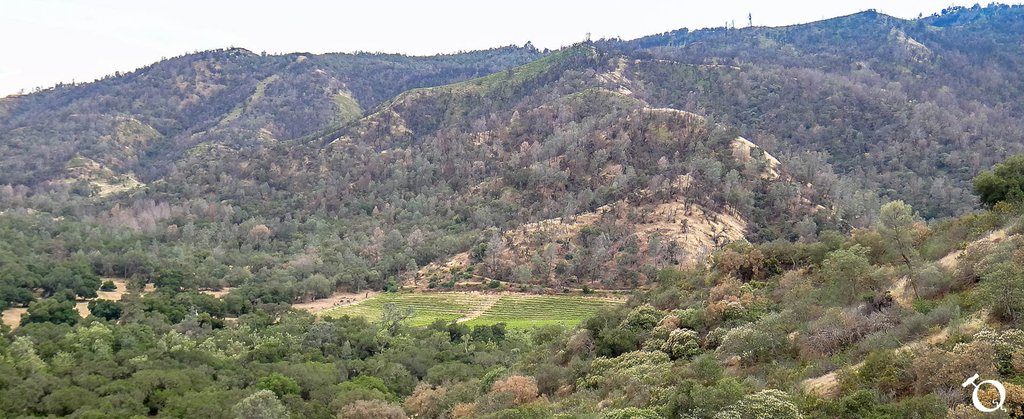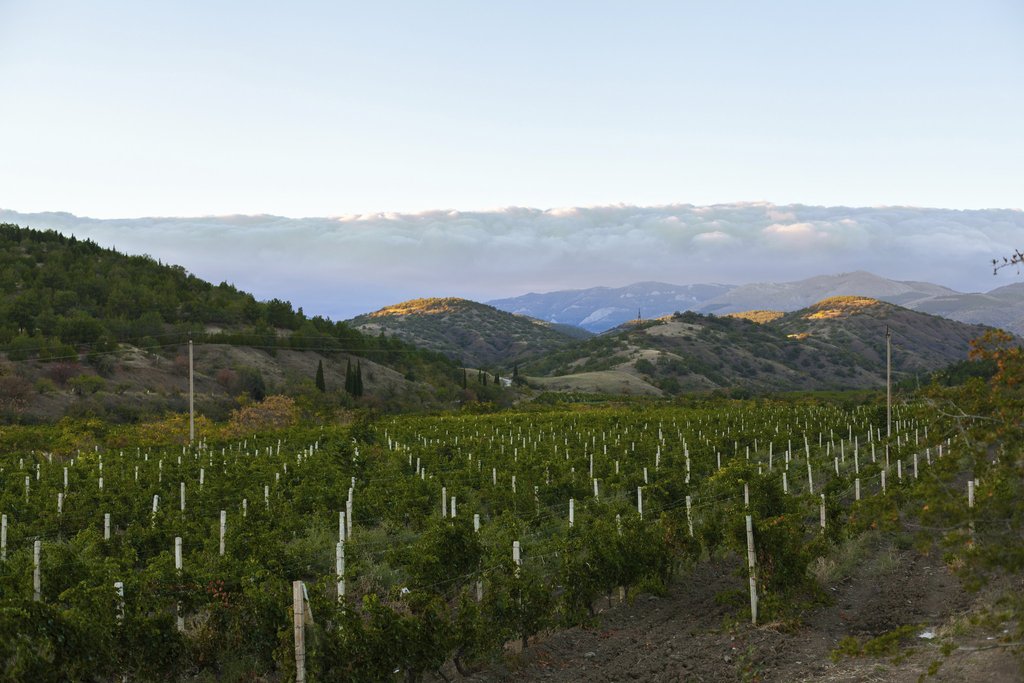Inwood Valley is located in Shasta County in Northern California in the shadow of Mount Lassen which is approximately 15 miles to the east. The closest major city is Redding and the closest town is Shingletown. Given its proximity to an active volcano, it is no surprise that igneous rocks are prominent in the area. Mt. Lassen, the southernmost volcano in the Cascade Range, last erupted over the period 1915-1917 and that ejecta flowed to the east. However, the geology of Inwood Valley includes lava and pyroclastic materials from earlier eruptions that have since become to be known as the Tuscan Formation which overlays older, Cretaceous rocks referred to as the Chico Formation. The valley runs east-west with elevations around 2,000 ft above sea level and are part of transitional zone between the valley floor such as in Redding and the higher mountains to the west. The Inwood Valley is located between 1,000 - 3,000 feet above sea level where the the slopes are gentler for easier cultivation.
Geography also effects the climate allowing the flow of cool breezes down the mountainsides and niches where the sun does not overheat slowly maturing grapes. The area is considered to have a Mediterranean climate, suitable for Bordeaux and Rhône varietals. The climbing elevation in the region also assures increased precipitation, with the majority falling during the cool season and the geology of the region allows for ground water to be readily accessed.
Modern viticulture began in the area began in the late 1970s. Well before Prohibition, Agoston Hraszathy, in his 1862 book, Grape Culture, Wines and Wine-making with Notes Upon Agriculture and Horticulture indicates that wine grapes were being produced all over California from “San Diego up to Shasta, have given magnificent results”. One of those early settlers in the Inwood Valley, Elijah Boots planted the first vineyards in 1864. While Mission grapes were initially cultivated, the local wineries now grow Chardonnay, Merlot and Viognier.

















